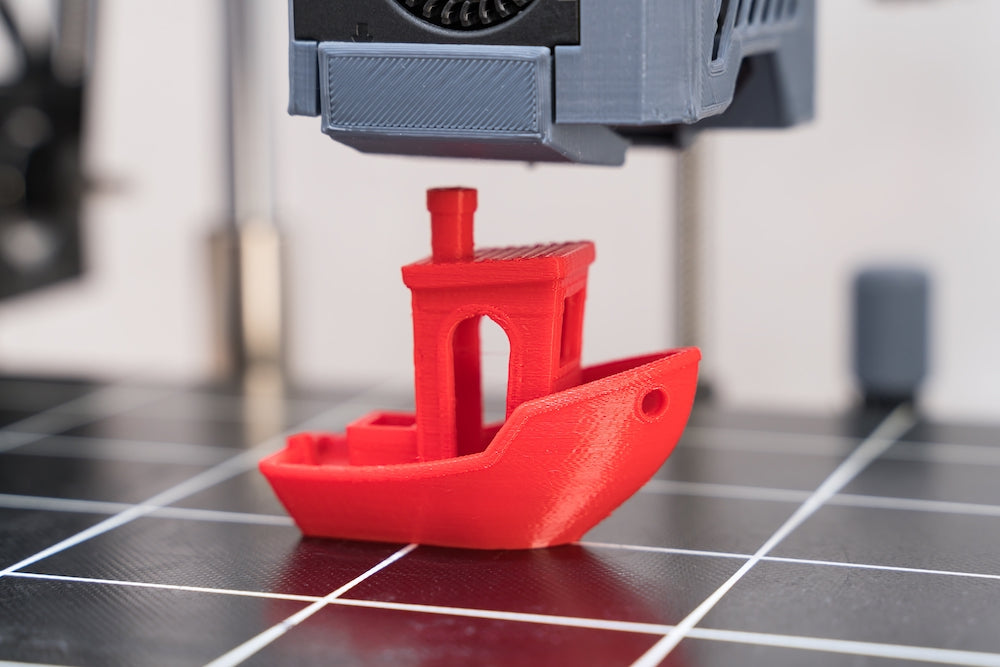In recent years, 3D printing has revolutionized manufacturing and prototyping processes across various industries. However, one crucial aspect that often goes unnoticed is the cost of 3D printing materials. Understanding the expenses associated with these materials is essential for businesses and individuals alike. In this article, we delve into the intricacies of 3D printing material costs, exploring the factors that influence pricing and providing valuable strategies for cost optimization.
- Material Types and Price Variations:
The cost of 3D printing materials can vary significantly depending on the type of material used. Common materials include plastics, metals, ceramics, and composites. Each material has its own unique properties and price range. For instance, basic thermoplastics like PLA (Polylactic Acid) are relatively inexpensive, while high-performance materials such as PEEK (Polyether Ether Ketone) can be significantly more costly. It is crucial to consider the specific requirements of your project and balance them with the associated material costs. - Material Quality and Performance:
While cost is an important factor, it is equally vital to consider the quality and performance of the 3D printing materials. Cheaper materials may not possess the desired mechanical strength, durability, or heat resistance required for certain applications. Investing in higher-quality materials can lead to superior end products and reduce the risk of failures or reprints, ultimately saving costs in the long run. - Material Waste and Efficiency:
Another aspect that affects the overall cost of 3D printing materials is material waste and efficiency. During the printing process, there is often some material wastage, especially when using support structures or when optimizing print settings. Minimizing waste through proper design considerations, optimized print settings, and post-processing techniques can help reduce material costs significantly. - Bulk Purchasing and Supplier Selection:
When it comes to procuring 3D printing materials, bulk purchasing can offer substantial cost savings. Many suppliers provide discounts for larger orders, making it economically advantageous to buy materials in larger quantities. However, it is crucial to evaluate the reliability and reputation of suppliers to ensure consistent material quality and timely delivery. - Recycling and Reusing Materials:
Sustainable practices are gaining momentum in the 3D printing industry. Recycling and reusing materials can help reduce costs and minimize environmental impact. Some materials, such as certain plastics, can be recycled and processed into new filaments, offering a cost-effective and eco-friendly alternative. Exploring recycling options and incorporating them into your workflow can contribute to both cost savings and environmental stewardship.
Conclusion:
Understanding the true cost of 3D printing materials is essential for businesses and individuals seeking to optimize their printing processes. By considering factors such as material types, quality, waste reduction, bulk purchasing, and recycling, it is possible to strike a balance between cost-effectiveness and high-quality output. Embracing these strategies will not only lead to financial savings but also promote sustainability within the 3D printing ecosystem.




